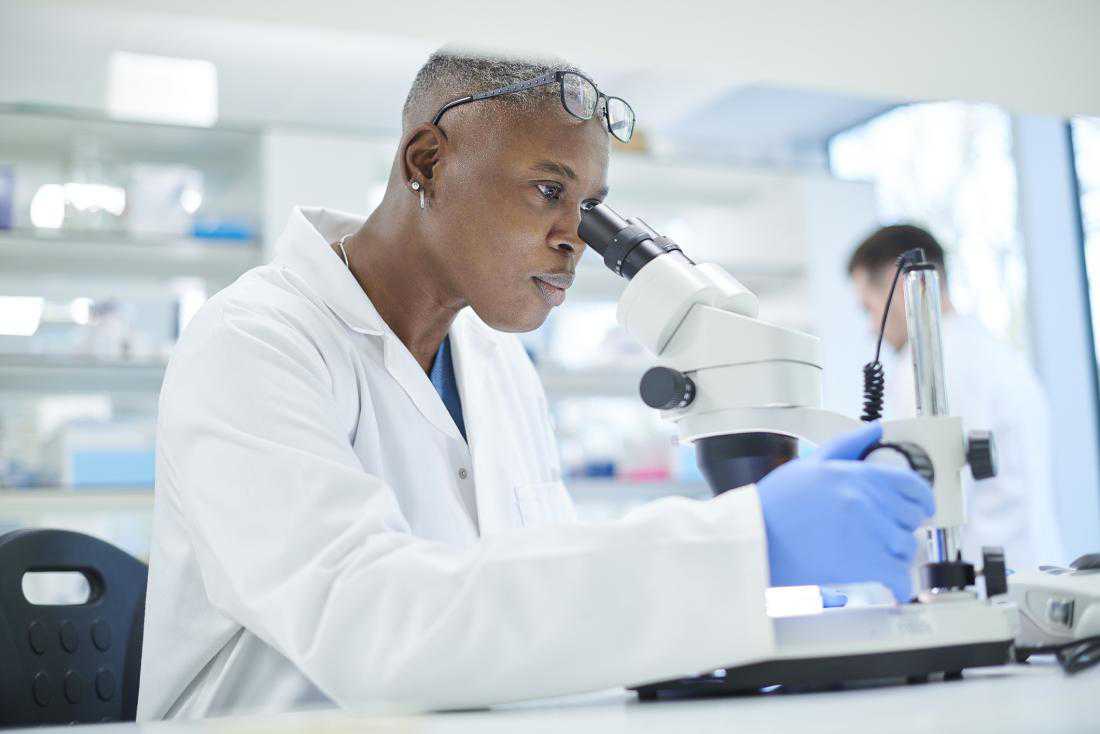How destroying a tumor promoter could lead to new cancer treatments
20 March, 2019

Scientists have cracked a cell mechanism that drives tumor formation in most types of cancer. This finding could lead to much-needed new therapies for cancer, including the hard-to-treat triple-negative breast cancer.
The discovery concerns the molecular activity of the tumor suppressor protein p53. This protein sits inside the nucleus of the cell and protects the cell's DNA from stress. It has acquired the nickname "guardian of the genome" for this reason.
However, mutated forms of p53, which are common in cancer, behave differently than regular p53. Instead of protecting the cell, they can take on oncogenic, or tumor-promoting, properties and become active drivers of cancer.
Previous studies had already shown that p53 mutations are more stable than their nonmutant counterparts and can accumulate until they eclipse them in the nucleus. However, the mechanism behind the stability of p53 mutations remained unclear.
Now, researchers from the School of Medicine and Public Health at the University of Wisconsin-Madison have unpicked the stabilizing mechanism, and they suggest that it offers a promising target for new cancer treatments. Their findings feature in the journal Nature Cell Biology.
The stabilizing process involves two molecules: the enzyme PIPK1-alpha and its "lipid messenger" PIP2. Between them, they appear to regulate the function of p53.
"Although p53 is one of the most commonly mutated genes in cancer," says co-lead researcher and study author Vincent L. Cryns, who is a professor of medicine, "we still do not have any drugs that specifically target p53."
'Guardian of the genome'
The p53 protein protects the genome in several ways. Inside the nucleus, it binds to DNA. When ultraviolet light, radiation, chemicals, or other agents inflict damage on DNA, p53 decides whether to repair the damage or instruct the cell to self-destruct.
If the decision is to repair the DNA, p53 triggers other genes to start this process. If the DNA is beyond repair, p53 stops the cell from dividing and sends a signal to begin apoptosis, which is a type of programmed cell death.
In this way, nonmutant p53 prevents cells with damaged DNA from dividing and potentially growing into cancerous tumors.
However, many mutant forms of p53 involve a change to a single building block, or amino acid, in the protein molecule, which prevents it from stopping the replication of cells with damaged DNA.
Using a range of cell cultures, the team behind the new study discovered that the PIPK1-alpha enzyme links up with p53 to make PIP2 when cells become stressed due to DNA damage or another cause.
PIP2 also binds strongly to p53 and causes the protein to associate with "small heat shock proteins." It is this association with heat shock proteins that stabilizes mutant p53 and allows it to promote cancer.
"Small heat shock proteins are really good at stabilizing proteins," Prof. Cryns explains.
"In our case, their binding to mutant p53 likely facilitates its cancer-promoting actions, something we are actively exploring," he adds.
TAG(s):
